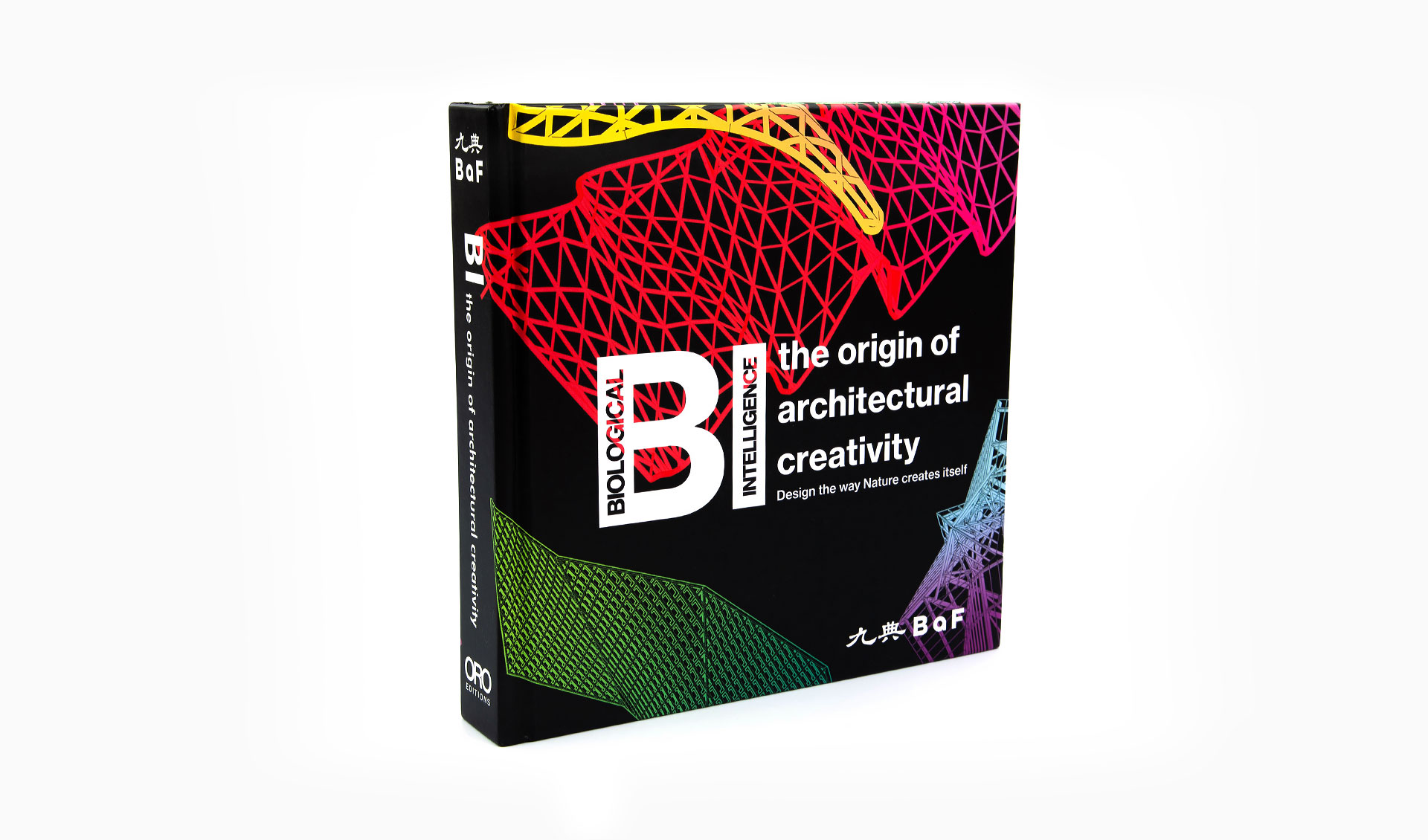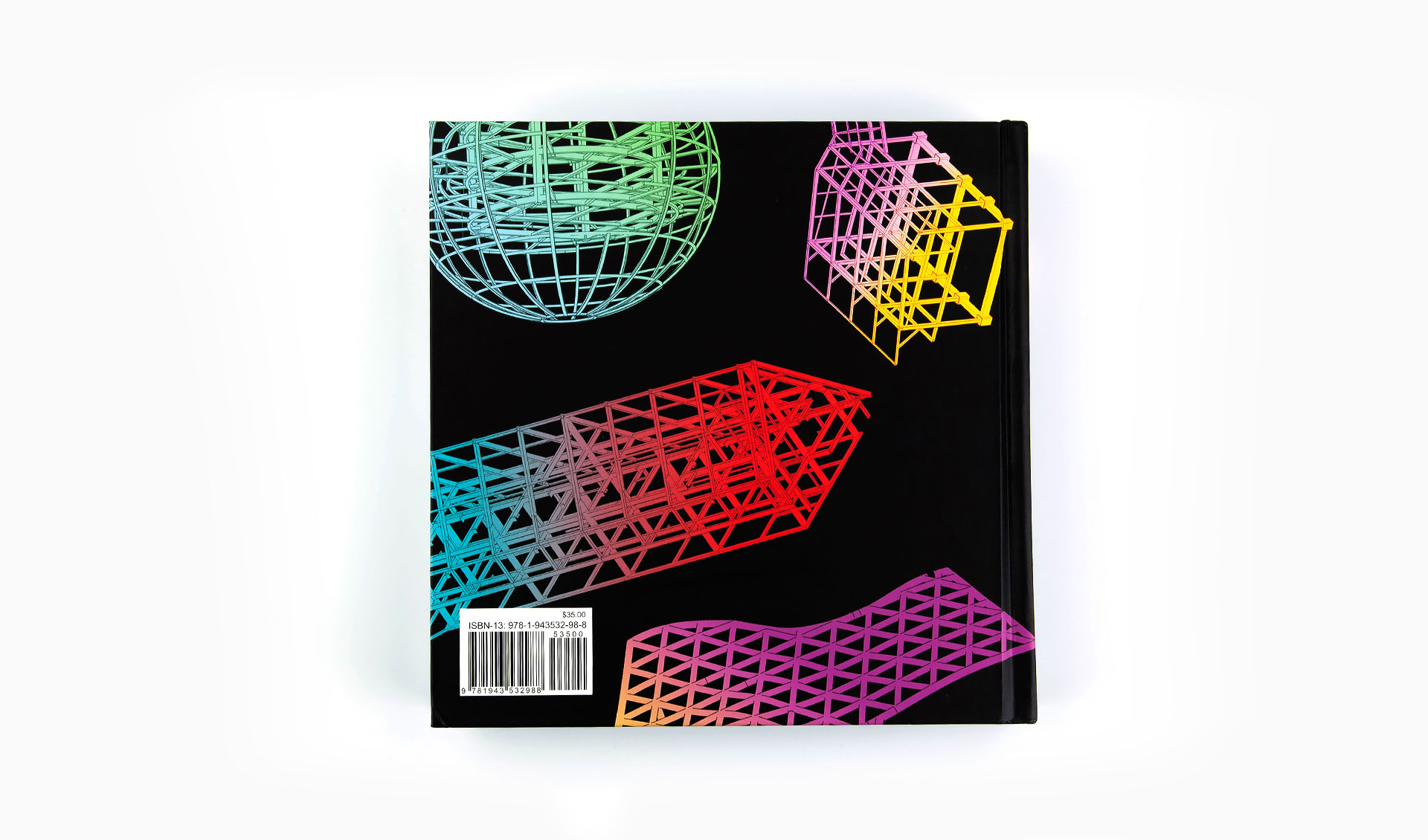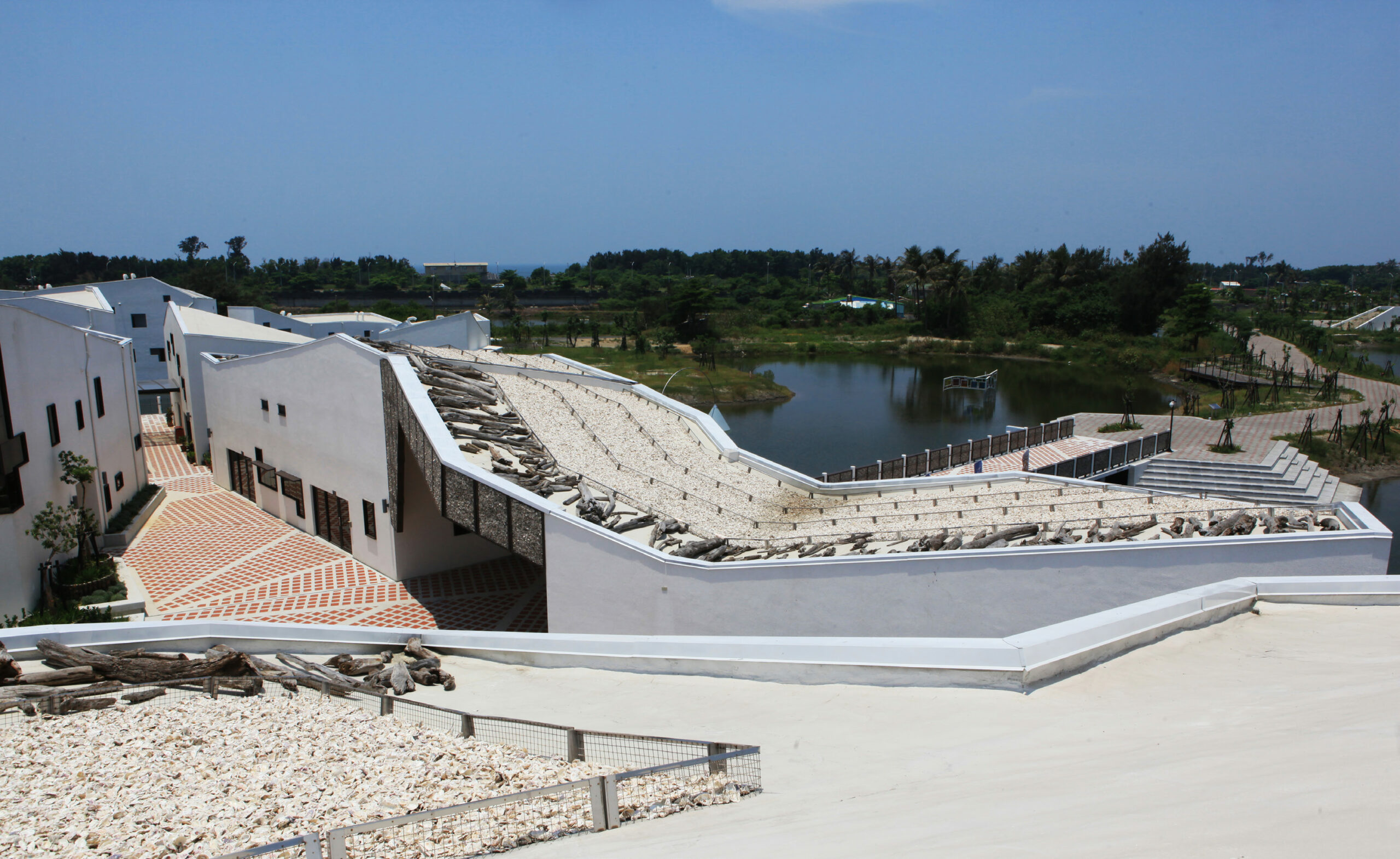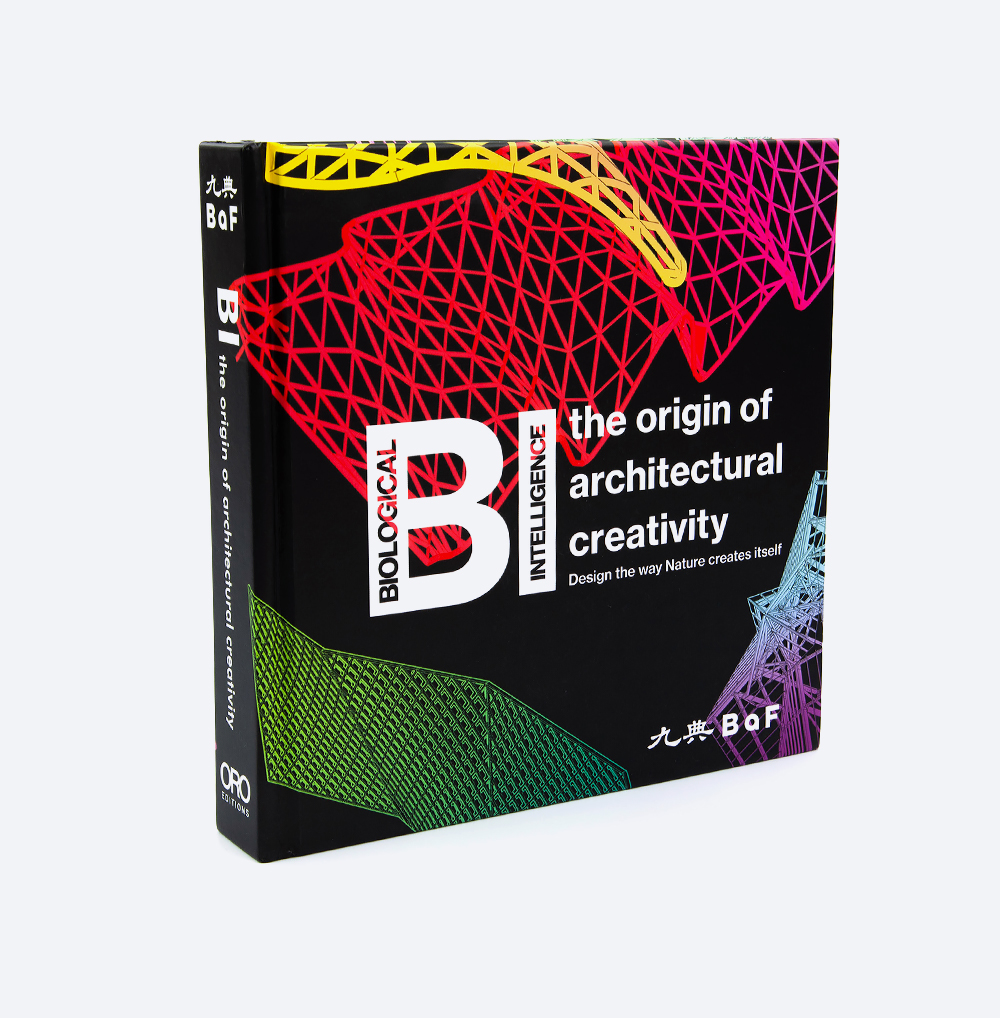Description
"Nature doesn’t necessarily mean creativity, yet its diversity and beauty are stunning."
$35.00
Nature doesn’t necessarily mean creativity, yet its diversity and beauty are stunning. We call the mechanism behind this unintended creativity of nature “BI” – Biological Intelligence…
ISBN: 978-1-943532-98-8
Binding: Hardbound
Pages: 340pp
Publication Date: Fall 2020
Size: 8.3″ x 8.3″ Square
World Rights: Available
In stock
"Nature doesn’t necessarily mean creativity, yet its diversity and beauty are stunning."
| ISBN | 978-1-943532-98-8 |
|---|---|
| Binding | Hardbound |
| Pages | 340pp |
| Publication date | Fall 2020 |
| Size | 8.3" x 8.3" Square |
| World rights |


Nature doesn’t necessarily mean creativity, yet its diversity and beauty are stunning. We call the mechanism behind this unintended creativity of nature “BI” – Biological Intelligence. The design and construction of a building is very much like the creation of life. The intention of Biological intelligence (BI) is to understand how life is born, wither, born again, and to follow the principles of evolution so architecture can also enter a sustainable cycle of design, construct, operate, and disassemble and regenerated according to its new condition. The three categories: “Origin,” “Form,” and “Interface” loosely resembles lives’ condition of “Habitat” “Physical Form” and “Interaction with outside.” Each category contains three modules; all the nine modules contain elements that architects have been familiar with for thousands of years. They exist as nine toolboxes that architects need and use during the design process – the creation of architecture. “BI” is a bigger box that holds the nine boxes together. The same way as nature never intends to create anything, most of architecture’s great inventions aren’t created intentionally. Rather than boosting design creativity, the mechanism we introduce in this book proves to accompany architects strolling through the maze of architecture improving the creation of architecture similarly to how nature creates itself.
Ying-Chao Kuo is the principal architect of Bio-architecture Formosana. Graduated with a M.Arch from the University of California, Los Angeles in 1989, he has taught at National Cheng Kung University, National Taiwan University of Science and Technology, and National Chiao Tung University as an adjunct professor. He has won numerous awards for his design in sustainability.
Ching-Hwa Chang is the principal architect of Bio-architecture Formosana. Graduated with a M.Arch from the University of Pennsylvania in 1984, she has taught at National Cheng Kung University, National Taiwan University of Science and Technology, and is a member of USGBC. She has won numerous awards for her ecological design.
ISBN: 978-1-943532-98-8
Binding: Hardbound
Pages: 340pp
Publication Date: Fall 2020
Size: 8.3″ x 8.3″ Square
World Rights: Available



San Francisco
31 Commercial Blvd. Suite F
Novato, CA 94949
t 1.415.883.3300
f 1.415.883.3309
Los Angeles
ORO LA Office
5520 Palos Verdes Blvd.
Torrance, CA 90505
t: 1.310.318.5186
Montreal
180 Chemin Danis
Grenville PQ, J0V 1B0
Quebec, Canada
t 1.415.233.1944
Singapore
2 Venture Dr.
#11-15 Vision Exchange
Singapore 608526
t 65.66.2206
Shenzhen
Room 15E, Building 7,
Ying Jun Nian Hua Garden,
Dan Zhu Tou, Shenhui Road, Buji, Longgang district,
Shenzhen, China 518114w
t 86.1372.4392.704
Buenos Aires
Juramento 3115
Buenos Aires C1428DOC
Argentina
t 54.911.6861.2543
© 2025 ORO Editions. All Rights Reserved. Designed by ![]()
© 2025 ORO Editions.
All Rights Reserved. Designed by ![]()
© 2025 ORO Editions. All Rights Reserved. Designed by ![]()
© 2025 ORO Editions. All Rights Reserved. Designed by ![]()
© 2025 ORO Editions. All Rights Reserved. Designed by ![]()